Is it safer to be a backcountry skier now than it was 20 years ago? It’s a complicated question, but most snow-safety gurus believe the answer is yes. We spoke with eight leaders in avalanche mitigation and rescue about the progress made—and challenges that remain—since Backcountry premiered.
Ilya Storm, 50, is the forecast coordinator for Avalanche Canada. Storm lives in Revelstoke, B.C., just down the road from Rogers Pass. Here’s an excerpt from our conversation on 20 years of education, safety and snow science.
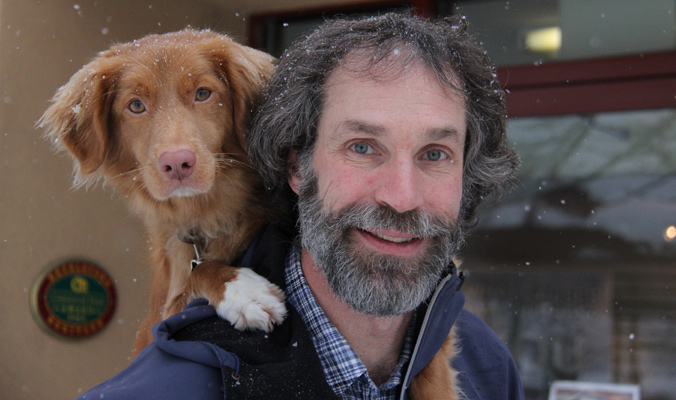
Ilya Storm and Skeena, the newest avalanche rescue team in Revelstoke, B.C. [Photo] Matt Kieltyka
We’re also changing the way we teach companion rescue. Think of somewhere like Rogers Pass, where there are hundreds of people in a few valleys on a busy day. Companion rescue was originally conceived as a group of two or four people in a valley, and when something bad happens, you need to be totally self-sufficient.
Now, either multiple groups are involved, or in the sled-skiing context, people who witness something from across the valley can travel five kilometers in a minute and a half. So rather than having two rescuers on scene, you can have 30. Yes, it still is a 15-minute medical emergency, but we’ve seen enough accidents that have gone awry because suddenly there are 30 people on site. We need to be able to go from an active rescuer to a commander and actually manage teams of people. We’re starting to teach that in our companion-rescue course this year for the first time.
—
This story was first published in the November 2014 issue. Find the other conversations in this series here.



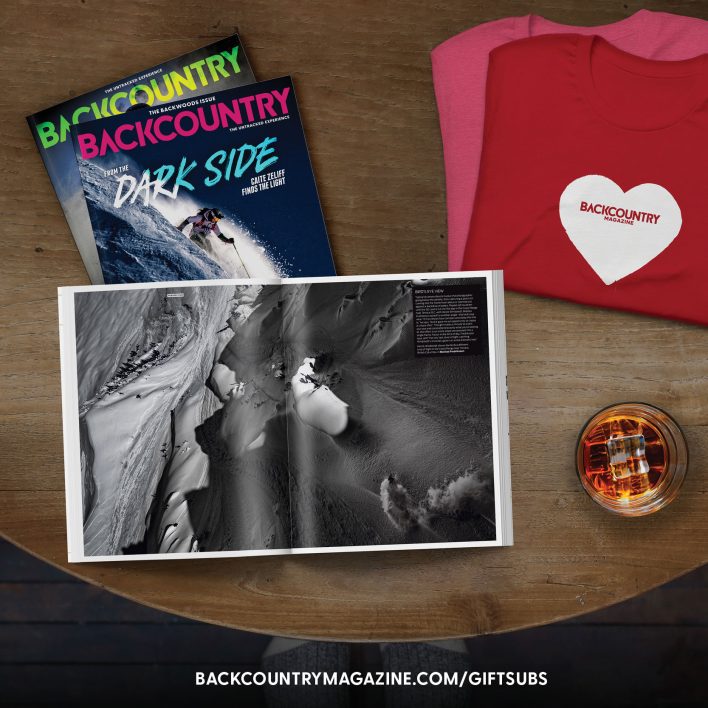
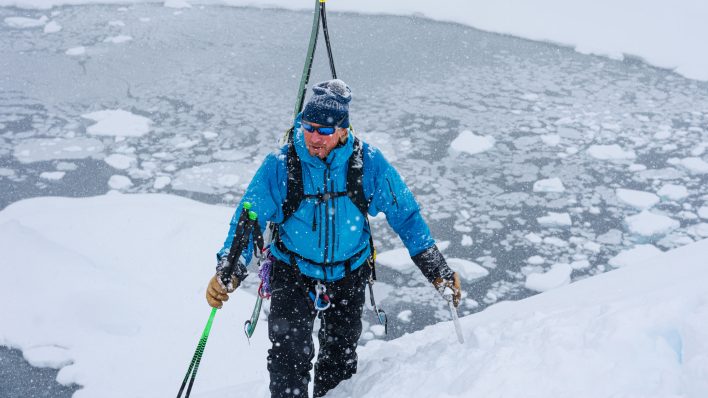
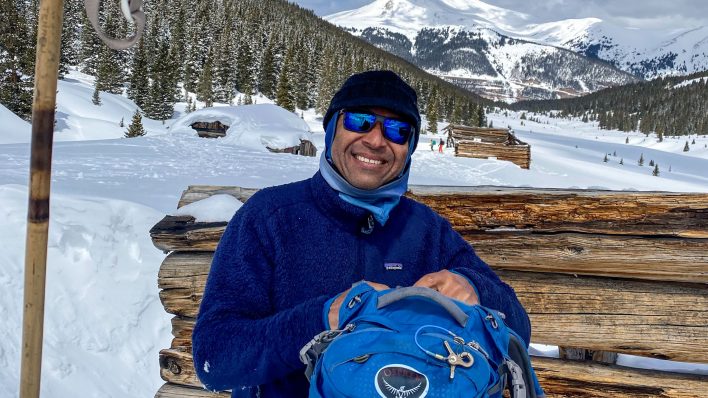
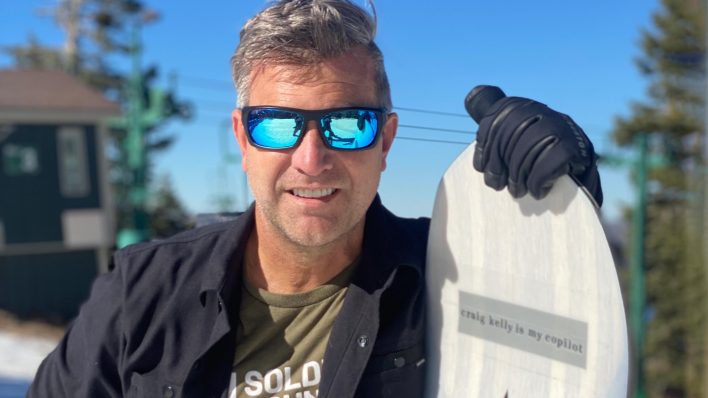
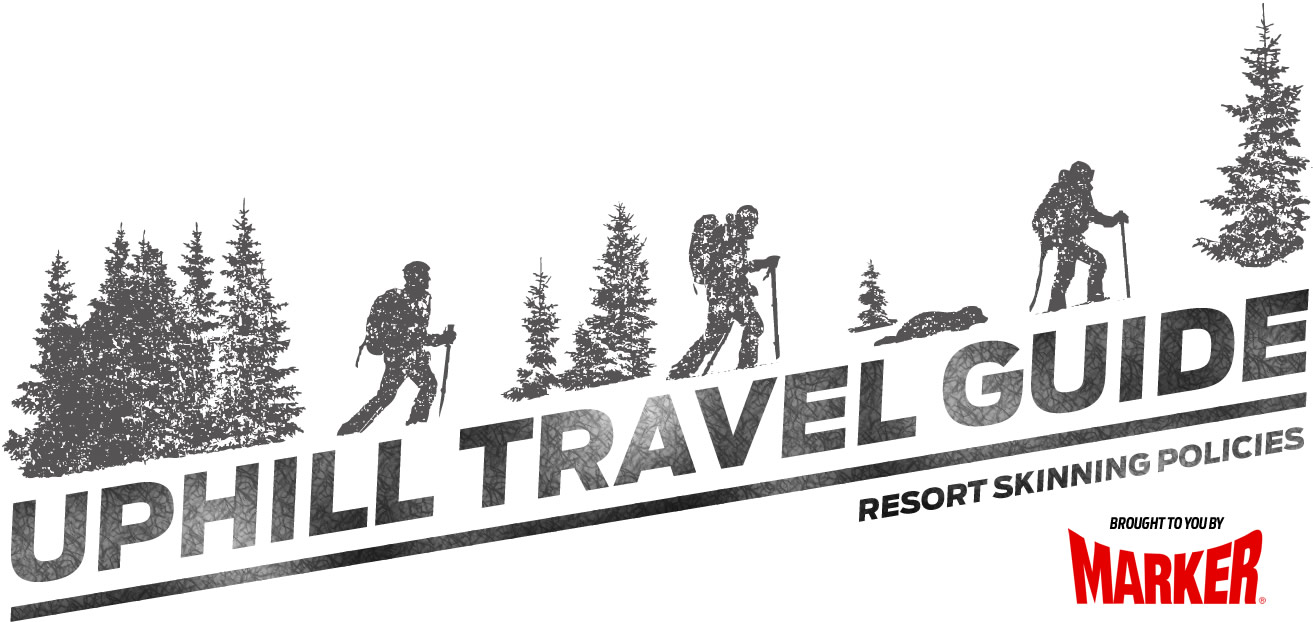

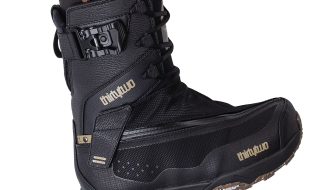

Related posts:
The Skills Guide: Four steps for Blissful Ascents
Mountain Skills: Travel Wisely
Food Fight: Can What You Eat Earn You Another Lap Up The Skintrack?
Mountain Skills: How to really read the avalanche forecast